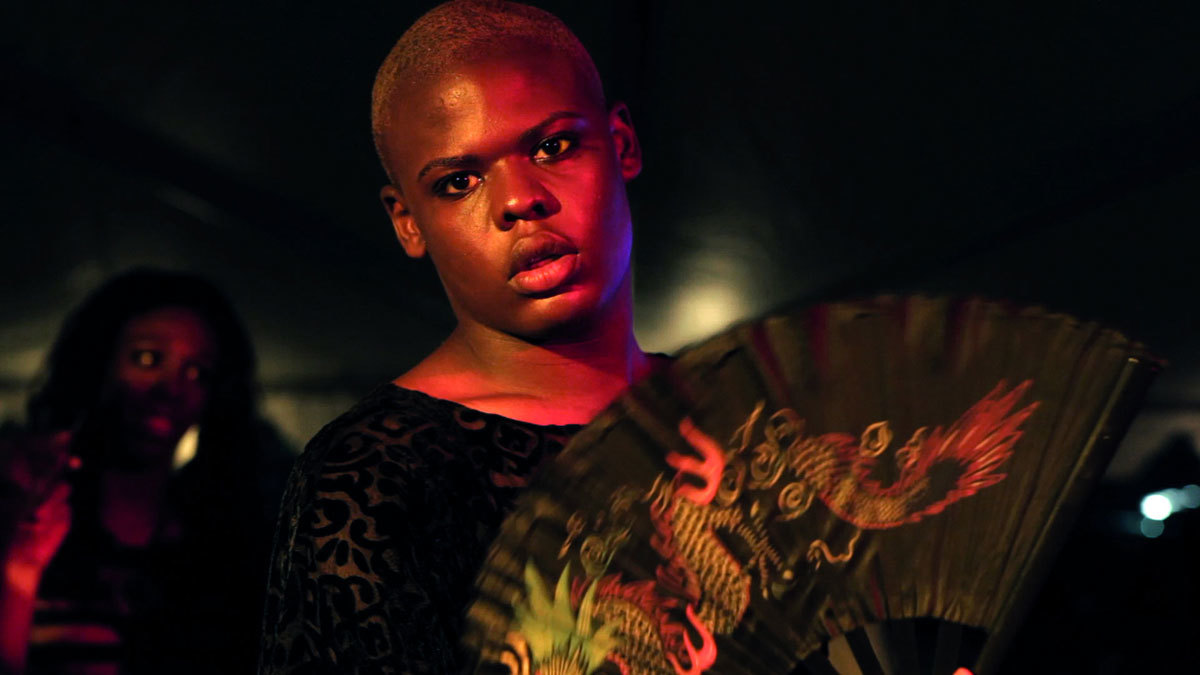Paris is Burning, the seminal 80s queer film about the lives of LGBTQ people of colour involved in New York’s ballroom scene was about dramas, drops and the looming spectre of AIDS. It may have brought vogue to mainstream attention but as director Jennie Livingston said, it wasn’t a film about “a cute dance.”
In the documentary Kiki, a fresh look at a new generation on the city’s queer ballroom scene, the dancing is as fierce and the issues as urgent. The kiki scene is one where New York’s LGBTQ youth of colour gather to dance and compete, just as their forefathers and mothers did on the Harlem ballroom scene in the 20s and 30s. They throw similar shapes to the competitors in Paris Is Burning; they share similar concerns with realness, both on and off the dancefloor. Like the legendary children of the 80s, the new wave also organises themselves into Houses, groupings that form numerous functions from providing a community, an alternative family framework and friends to perform with.
The young LGBTQ people of colour can face issues including homelessness, homophobia and transphobia, HIV and AIDS and police brutality.. Faced with all of that, no wonder the kids on the kiki scene wanna dance. But what they also do quite brilliantly is self advocate. The Kiki scene, the film reveals, is really a complex support system and a movement for change.
The Kiki scene is different from what has gone before, says Sara Jordenö, writer/director of the new documentary which premiered at Sundance this week. The issues in play some 25 years ago in Paris is Burning remain, but the radically different political landscape has changed what is at stake. “It’s important to put it in context, there’s this whole new political landscape we’re looking at,” says Jordenö. “The film and community touch on discussions being had around Black Lives Matter, Trans Lives Matter, all these movements. This is a youth movement.”
The co writer of Kiki and founder of one of the many, many Kiki Houses is Twiggy Pucci Garçon. He tells i-D why kids come to the community: “Each person is coming into the Kiki scene looking for something different. One kid coming into the scene may just want to learn how to vogue and express themselves. Another kid might want access to resources and connect themselves to things that they need like HIV and AIDS treatment or a safe place to sleep.”
The Kiki subculture draws outsiders keen to document it but scene leaders like Twiggy Pucci Garçon act as gatekeepers, granting access only to those who they can trust to tell the scene’s story. So Jordenö’s film is a collaboration. It is community telling its story, an illustration of a Kiki ethos in action: “not about us without us.”
Kiki follows the fortunes of seven members of various Houses as they navigate their way through the ballroom scene. They gather to practice their voguing, to discuss their experiences (“I can choose to be masculine or feminine,” one says to their group, “the point is realness, whether it’s real”), to explore their sexual and gender identities. Some transitioned over the period of filming, like Gia Marie Love, now a young trans woman of colour with a repertoire in sharp lines. “I’m so great you can’t be ashamed of me,” Gia, the Queen Mother of the House of Juicy declares at one point in the film. For Jordenö the challenge was to give the subjects like Gia the platform to tell their truth and also to put it in a wider political and social context where issues of race, sexuality, and gender intersect. “The scene is also a transformative space,” she says. “They become something they didn’t even imagine through the support.”
When Kiki Houses meet, it can be as simple as prepping for a competition or as complex as discussing individual experiences of dealing with HIV / AIDS or sex work. The film’s most compelling scenes are when the LGBTQ youth own that experience. So a young black gay man tells a group about his negative experience as a sex worker, which he strongly advocates against. In the same session Gia puts the case differently, defending others’ participation in sex work.
“This is a community trying to figure it out together”, says Jordenö. “They are people with different stories in the Kiki scene and there’s fights and tensions but there is a conversation that they are trying to figure out together.” Faced with a complex intersection of issues all the Kiki kids can do is fight to express themselves. As one puts it simply: “Self advocacy is all we have.”
